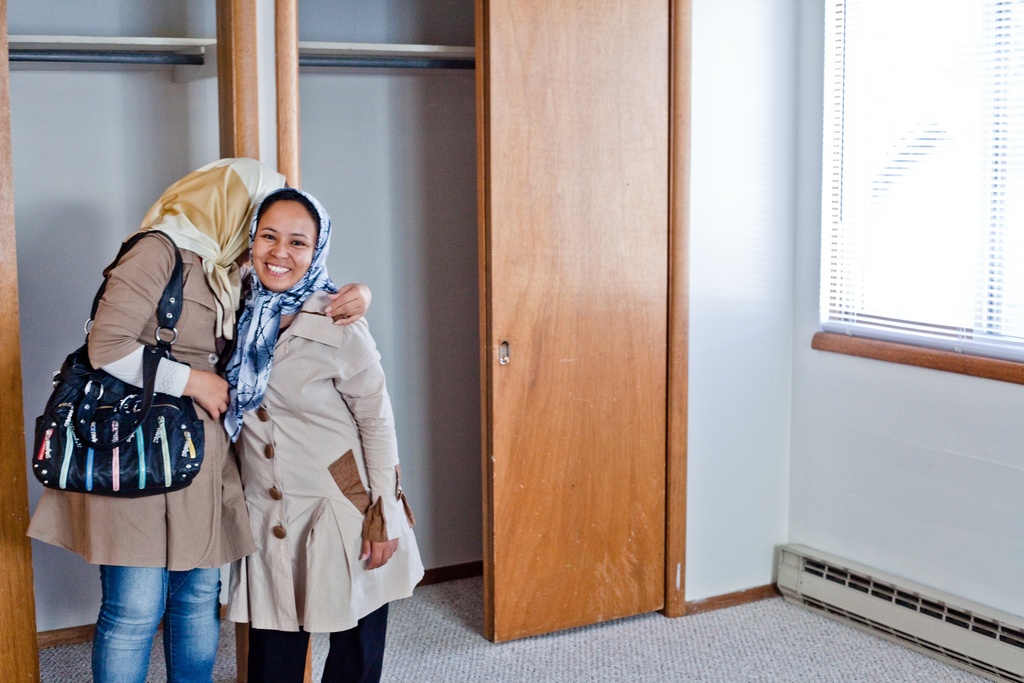The UNHCR estimates that worldwide there were over 65 million refugees, asylum-seekers, and internally displaced people who fled conflict, violence, and human rights violations in 2015. On average 24 people were displaced from their homes every minute of every day during 2015.
Although there are now a record number of forcibly displaced individuals, there are limited resettlement and asylum channels that currently exist to protect these individuals. Worldwide only 107,100 refugees were resettled in third countries such as the United States in 2015–only a small fraction of the refugees in need of protection with developing countries being left to host 86 percent of the world’s refugees
A recent Migration Policy Institute report (MPI), “Protection through Mobility: Opening Labor and Study Migration Channels to Refugees,” evaluates the possibility of creating additional pathways for refugees beyond the traditional resettlement and asylum channels by establishing employment and study opportunities.
The report considers how increased labor and educational opportunities geared towards refugees could complement the existing systems in place. This would provide more refugees with better economic opportunities and living situations, along with legal status and an opportunity to use their talents and skills.
Countries could create labor opportunities, for example thorough work visas, as a means of refugee protection and local integration of refugees. MPI identifies the considerations and concerns that countries might reflect upon in creating labor opportunities for refugees. It emphasizes that labor programs should provide sufficient protection for refugees, principally protection against refoulement, the forcible return to the country from which they have fled while their lives remain at risk.
The report also discussed the importance of mitigating administrative barriers such as document requirements, especially considering that refugees often do not have and are unable to obtain passports or other travel documents, and ensuring that program fees are not prohibitive.
Opportunities in higher education, along with vocational or technical training programs, could also serve as a way for countries to create opportunities for refugee youth and young adults. In light of the fact that over half of all refugees are under 18 years old and displacement often disrupts the education of refugees, educational opportunities are important for them. Additionally, financial aid would have to play a role in opening education channels for refugees because of the high cost of education and living expenses.
Labor and educational mobility programs for refugees have a lot of potential. However, as the report cautions, these mobility channels are not panaceas for the protection needs of all refugees, but rather “an additional tool in the protection toolkit.”
Photo by World Relief Spokane.
FILED UNDER: featured, Integration, refugees


